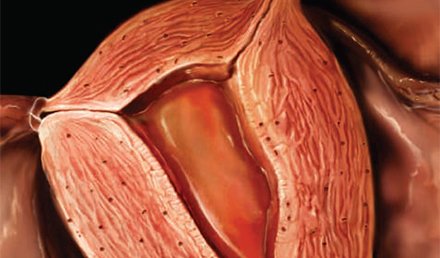Texting, chatting, networking, blogging, and posting. The evolution of communication into characters on a screen…digitized snippets, factoids, and acronyms used to express display, inform, and explain. Even emotions have been whittled down into emoticons…a semicolon “wink” and a parenthetic “frown.” E-mail? That is soooo last decade! Electronic communication technology has practically replaced more traditional forms. So what does this mean? What is the impact on socialization, relation, and emotional connection? Are there any negative effects? …
Read MoreToo Big to Fail—Urgent Care Lessons from Toyota
John Shufeldt, MD, JD, MBA, FACEP In his book, How the Mighty Fall: And Why Some Companies Never Give In, Jim Collins discusses the five markers or stages of decline and how a company can identify these stages and reverse itself even after large-scale defeats along the way. (Or, as Bluto (John Belushi) said in Animal House, “Was it over when the Germans bombed Peral Harbor?”) Applying those stages to the rough patch of road …
Read More
April 2010

An Approach to Wound Care in the Urgent Care Setting
Urgent message: Understanding the body’s natural ability to heal itself – and factors that diminish that ability – is of great clinical value and can help you determine whether a wound is acute or chronic, and inform the decision to clean and dress or refer to a wound specialist. Michael S. Miller, DO, FACOS, FAPWCA, CWS and Eric Newgent, DO, MS Introduction The skin is the largest organ in the human body. In simplest terms, …
Read MoreUnderstanding and Embracing the Phrase ‘It Depends’
A 9-year-old Boy with Respiratory Symptoms
Urgent message: ‘Fresh eyes’ may be needed to reconsider an initial diagnosis or re-evaluate treatment in patients who present with unresolved symptoms. Joseph Toscano, MD The Case A 9-year-old boy presented to an urgent care clinic with a several-day history of dry cough and intermittently noisy and difficult breathing, especially at night. He had no fever or chest pain, no nasal discharge or headache, and no rash or pruritis. His past medical history included no …
Read More
March 2010
Developing Data: March, 2010
In early 2008, UCA revamped its annual survey in conjunction with researchers at Massachusetts General Hospital and Harvard University with the goal of assuring that the UCA Benchmarking Committee’s efforts produced a scientifically valid report. Here, we present some of the data from this landmark survey. In this issue: What occupational medicine services – if any – are most commonly available in responding urgent care centers? The question regarding occupational medicine was just one segment …
Read MoreConsult Codes, Injection Codes, and Coding for Diabetes Education and In-House Dispensing
Q. My codes for consults seem to suddenly be getting denied as invalid. I checked my CPT book, and the codes are still listed as valid. What’s going on? Question submitted by multiple urgent care billers A. Yes, you are right that the consultation codes (99241-99245, 99251-99255) are still valid per CPT, as published by the AMA. CMS, however, has decided to no longer reimburse for those codes and has now changed the status indicator …
Read MoreUsing Evidence-based Care Paths
Oscar Wilde was quoted as saying, “Life imitates art far more than art imitates life.” This was never more apparent to me than a few Mondays ago when I was paraded in front of a number of primary care doctors who questioned the use of “care paths” in urgent care medicine. The leader of the mob was a gentleman who was the patriarch of a local family practice clinic. The meeting opened this way. “I …
Read More